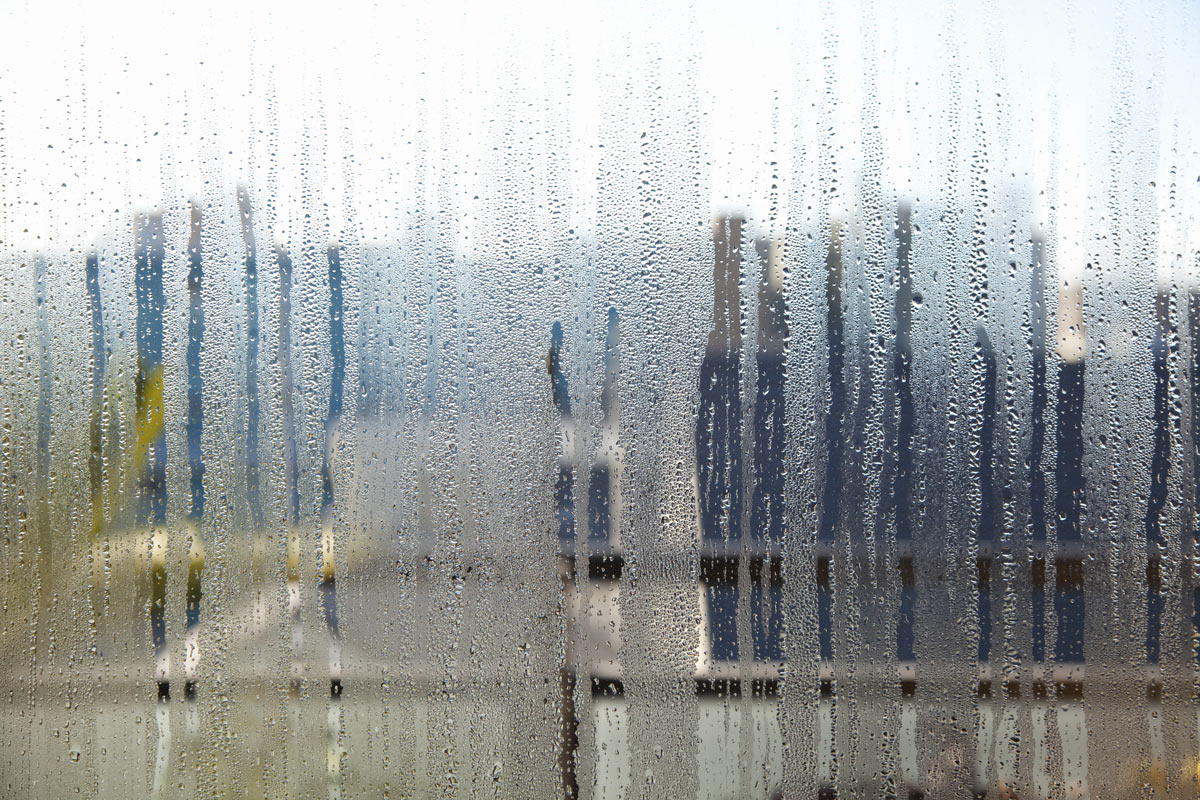Condensation
Living in New Zealand’s damp climate means it’s hard to escape condensation. Waking up in the morning and seeing water droplets covering the inside of your windows is just a part of life for many of us.
How Double Glazing can help
Double glazing helps keep the surface of the inside glass warmer, reducing the likelihood of condensation forming on the windows. Like double glazing, thermally efficient window frames help reduce the transfer of heat through window frames, helping to reduce condensation on windows. Thermally efficient window frames should only be used with double glazing.

Things to bare in mind
- Windows don’t cause condensation.
- Moisture in the air comes from us breathing, from using water, unflued gas heaters and from drying building materials.
- Levels of moisture in the air can also vary depending on your geographical location.
- High humidity can promote mould growth and deterioration in your home.
- Relative humidity is a measure of the moisture in the air. Dew point is the temperature at which condensation forms.
- You can reduce humidity and condensation by having proper ventilation. This includes keeping windows and vents open, and using ventilation fans.
- Windows with double glazing (IGUs) and thermally efficient window frames will help minimise the appearance of condensation, but they don’t stop condensation being created.
- Dehumidifiers will help reduce inside air relative humidity and condensation.
- HVAC systems will help control ventilation, relative humidity and temperature, and reduce condensation.

What causes condensation?
Water Vapour
The air inside your home contains moisture. When the indoor temperature cools down, the air can’t hold as much water vapour. This means the vapour condenses as a liquid, which is particularly visible on cold, non-absorbent surfaces like windows. There’s also unseen moisture that penetrates your carpets, fabrics and other absorbent surfaces, making them feel cold and damp.
Where does the moisture come from?
Every time we breathe, whether asleep or awake, we put moisture in the air. On a cold morning, you can see the moisture appear right in front of you when you breathe. Water vapour also comes from using water, such as when cooking, showering or growing indoor plants.
Clothes dryers and unflued gas heaters can create a significant amount of moisture inside your home.
New houses will have a higher level of internal moisture, because framing timber, concrete floor slabs and other building materials can take several months to stabilise. Even your geographical location and climate can have an effect on condensation. New Zealand humidity levels vary across the country.




